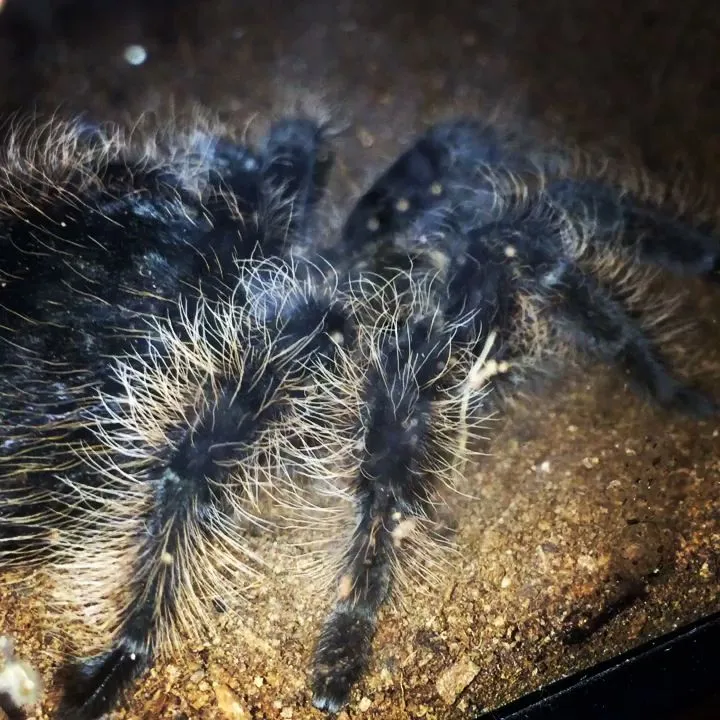What are Tarantulas?
Tarantulas are large, hairy spiders belonging to the Theraphosidae family. They are found in various habitats around the world, from tropical rainforests to deserts. These fascinating creatures have captured the interest of many, including children, due to their size, unique appearance, and relatively low-maintenance care requirements. They are generally docile and not aggressive, making them a popular choice for exotic pet enthusiasts. Understanding what a tarantula is, its characteristics, and its behavior is the first step in determining if it’s a suitable pet for a child. Tarantulas vary in size, color, and temperament, with some species being more suitable for beginners than others. Researching different types of tarantulas will allow you to make a more informed decision and choose a species that aligns with your child’s age and responsibility level.
The Basics of Tarantula Care
Caring for a tarantula involves providing a suitable environment that meets its specific needs. This includes creating the right habitat, managing the temperature and humidity, and providing appropriate food and water. A proper habitat typically consists of a terrarium with ventilation, a substrate (like coconut fiber or peat moss) to burrow in, and hiding places such as cork bark or artificial plants. Maintaining the right temperature and humidity levels is crucial for the tarantula’s health, and this can often be achieved with a heat lamp or pad, and a hygrometer to monitor humidity. Regular cleaning of the enclosure and providing fresh water are also essential aspects of tarantula care, as is understanding their molting process. This is a vulnerable time for the tarantula, and you must not disturb it.
Diet and Feeding
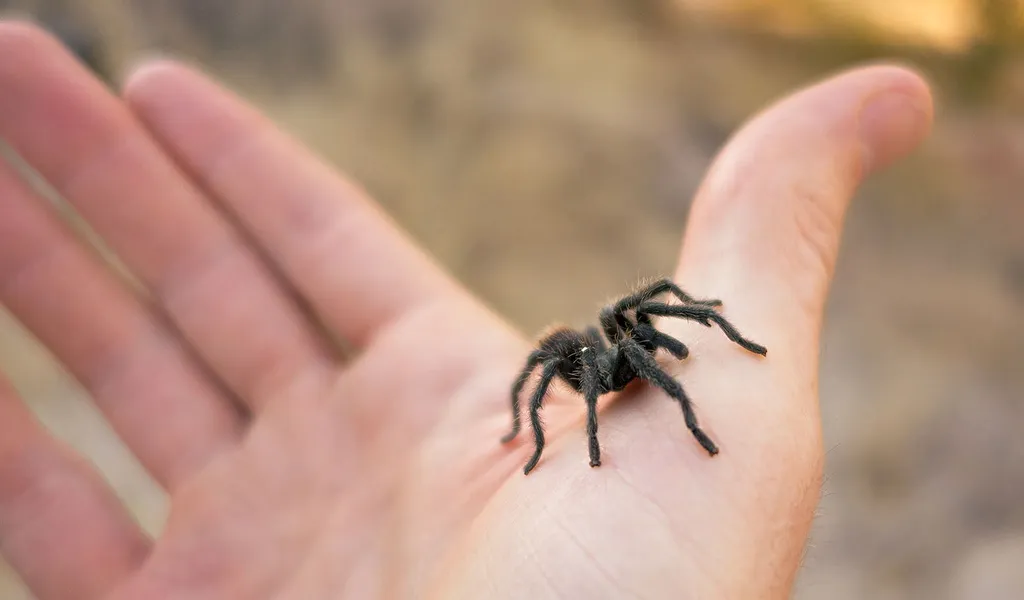
Tarantulas are carnivores, primarily feeding on insects. Crickets, mealworms, and roaches are commonly used as food sources. The size of the prey should be appropriate for the tarantula’s size. Juvenile tarantulas require more frequent feeding than adults, usually 2-3 times per week. Adult tarantulas can be fed once or twice a week. It’s essential to remove any uneaten food within 24 hours to prevent mold and mites from developing in the enclosure. Fresh water should always be available, usually in a shallow dish. A balanced diet is essential for their health and longevity. Feeding your tarantula can be an exciting aspect of pet ownership for a child, but it should be done under adult supervision to ensure the tarantula is fed correctly and safely.
Habitat and Housing
The ideal habitat for a tarantula should mimic its natural environment. This means providing the right substrate, temperature, and humidity. The size of the enclosure should be appropriate for the tarantula’s size, with larger tarantulas needing more space. Ventilation is also crucial to prevent the build-up of mold and bacteria. The enclosure should include hiding places, such as cork bark, artificial plants, or decorative items that the tarantula can use to feel safe and secure. A suitable substrate is essential for burrowing species and helps maintain humidity levels. The substrate should be deep enough for the tarantula to dig and should be changed regularly to maintain cleanliness. Providing an appropriate habitat is crucial for the health and well-being of your tarantula, and making the enclosure interesting can enhance a child’s interest in the pet.
Handling and Interaction
While tarantulas are generally docile, handling them should be approached with caution and under adult supervision. Overhandling can stress the tarantula, and their bites, while not usually life-threatening, can be painful. It’s generally best to avoid handling a tarantula unless necessary, such as for cleaning the enclosure or transferring it to a new habitat. If handling is required, it should be done carefully and gently. Avoid sudden movements, and always supervise the child to ensure they are calm and respectful towards the spider. Explain to the child the importance of not squeezing or dropping the tarantula. This will ensure both the child’s and the tarantula’s safety. Educating your child about the tarantula’s behavior, such as its defensive postures, will also help them understand when it’s best to leave the spider alone.
Safety and Responsibility
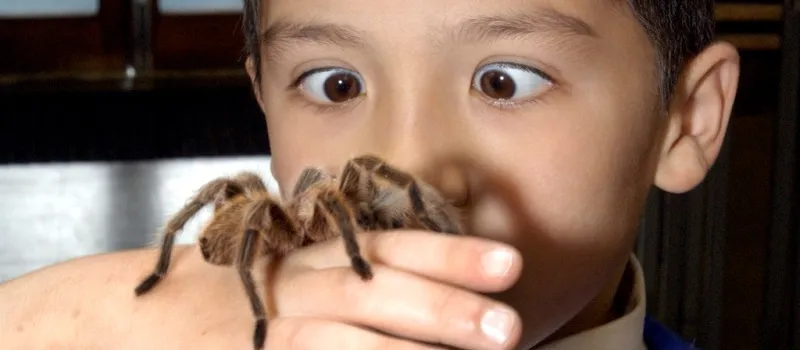
Owning a tarantula comes with significant responsibilities, especially when a child is involved. Children must understand that tarantulas are not toys and require specific care. Safety precautions should be in place to prevent escapes or accidental harm. The child should be educated on the dangers of not washing hands after handling the tarantula or cleaning its enclosure. Establishing a clear understanding of the child’s role in the care of the tarantula and setting realistic expectations is crucial. Parents should supervise all interactions and ensure the child consistently follows the established care routine. Discuss the commitment involved in responsible pet ownership, including financial implications. These discussions help instill responsibility and make the child understand the importance of caring for a living creature.
Potential Risks for Children
While tarantula bites are not usually fatal, they can be painful and cause localized symptoms like redness, swelling, and itching. Children may be more susceptible to these effects. Some tarantulas have urticating hairs that can cause skin irritation if touched. Children, being more prone to touching their faces and eyes, are more vulnerable to these irritations. Additionally, improper handling could lead to falls or injuries. Parents need to teach their children about these risks and take precautions. Educating the child about identifying and avoiding potential hazards will contribute to their safety and well-being. The importance of washing hands after contact with the tarantula or its enclosure should be emphasized to prevent health complications. Make sure that the child understands that the tarantula is a pet, not a toy.
Allergies and Reactions
Children with allergies or sensitivities may react to tarantulas. Allergies to spiders are not as common as allergies to pets like cats or dogs, but they can occur. Symptoms of an allergic reaction can include skin rashes, itching, sneezing, and difficulty breathing. Furthermore, the substrate used in tarantula enclosures, such as coconut fiber or wood shavings, can also trigger allergic reactions in some children. Before getting a tarantula, it’s important to determine if the child or any family member is allergic. Consulting with an allergist is advisable, particularly if there is a family history of allergies or asthma. Consider alternative pets if allergies are a concern. Knowing the signs of an allergic reaction and being prepared to seek medical attention is essential for the safety of the child.
Is a Tarantula Right for Your Child?
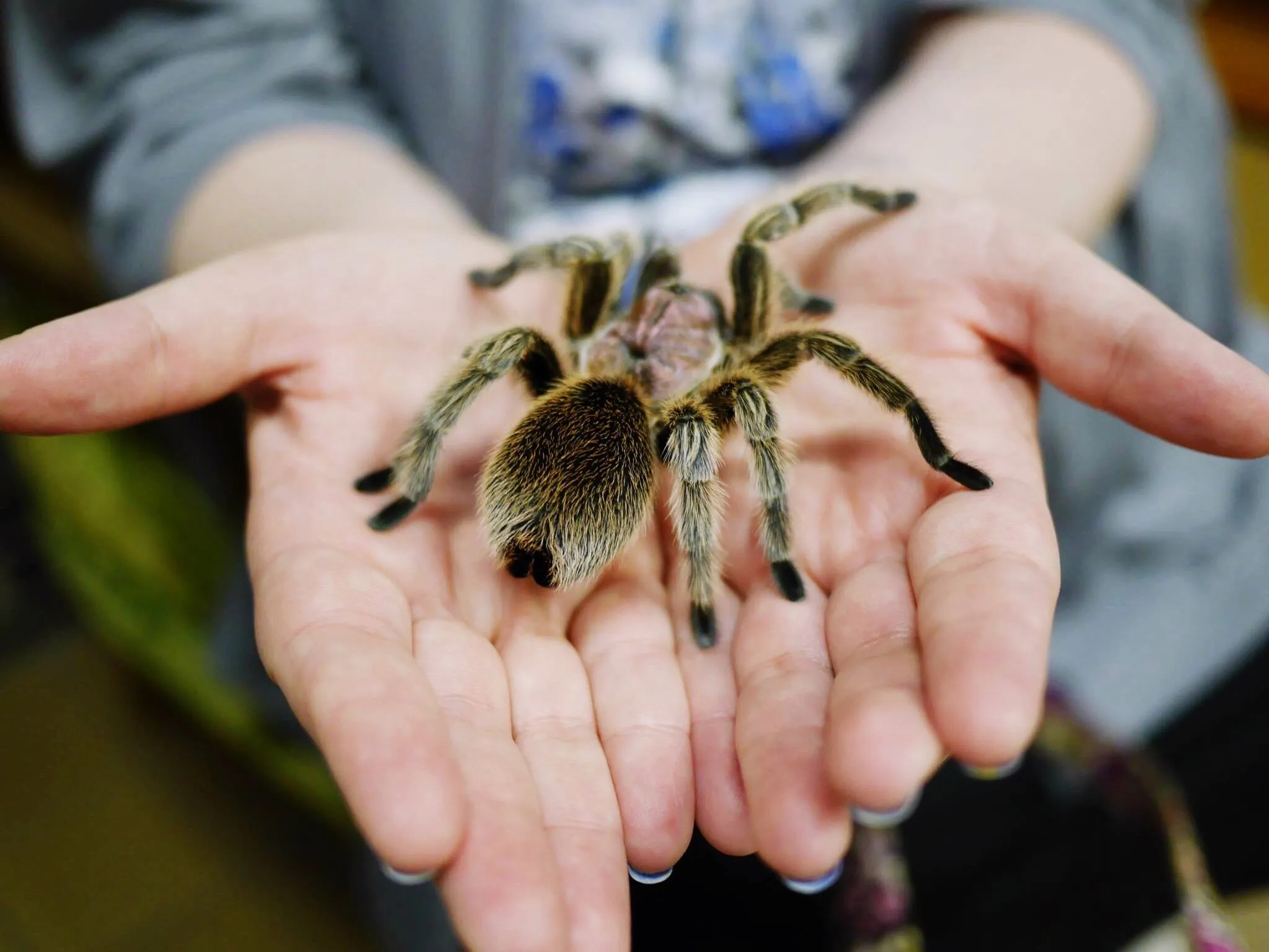
Deciding if a tarantula is a suitable pet for your child requires careful consideration of several factors. Consider the child’s age, personality, and maturity level. Can they demonstrate responsibility and consistently follow care instructions? Assess your own ability to supervise and assist with the care. Consider the child’s interest in the tarantula and their commitment to learning about it. Evaluate your resources, including space, time, and financial capability to care for the tarantula. Discuss the responsibilities associated with pet ownership as a family. This ensures everyone understands the commitment involved. A trial period with a temporary tarantula setup, or shadowing someone with tarantula experience, could be beneficial to gauge your child’s interest and commitment.
Advantages of Tarantulas as Pets
Tarantulas offer unique educational benefits for children. They can teach responsibility, patience, and the importance of routine. Caring for a tarantula involves regular feeding, cleaning, and observation. They are relatively low-maintenance compared to other pets, requiring less daily interaction. This can be advantageous for busy families. Observing a tarantula can spark a child’s interest in the natural world and encourage curiosity about arachnids and other creatures. Tarantulas are generally quiet and do not require as much space as other pets. The low cost of tarantula care can also be appealing. However, these advantages must be balanced with the potential disadvantages and the responsibilities involved in tarantula ownership.
Educational Benefits
Owning a tarantula can provide valuable educational opportunities. Children can learn about biology, animal behavior, and ecosystems. They can study the tarantula’s life cycle, molting process, and dietary needs. Caring for a tarantula encourages research and learning, as children are likely to seek information about their pet. It also fosters an appreciation for nature and the diversity of life. The experience of caring for a tarantula promotes a sense of responsibility and respect for living creatures. By researching and understanding tarantulas, children develop critical thinking and problem-solving skills. Moreover, it can be a great way to teach children about empathy and compassion for other creatures, as they learn to understand and provide for the tarantula’s needs.
Disadvantages of Tarantulas as Pets
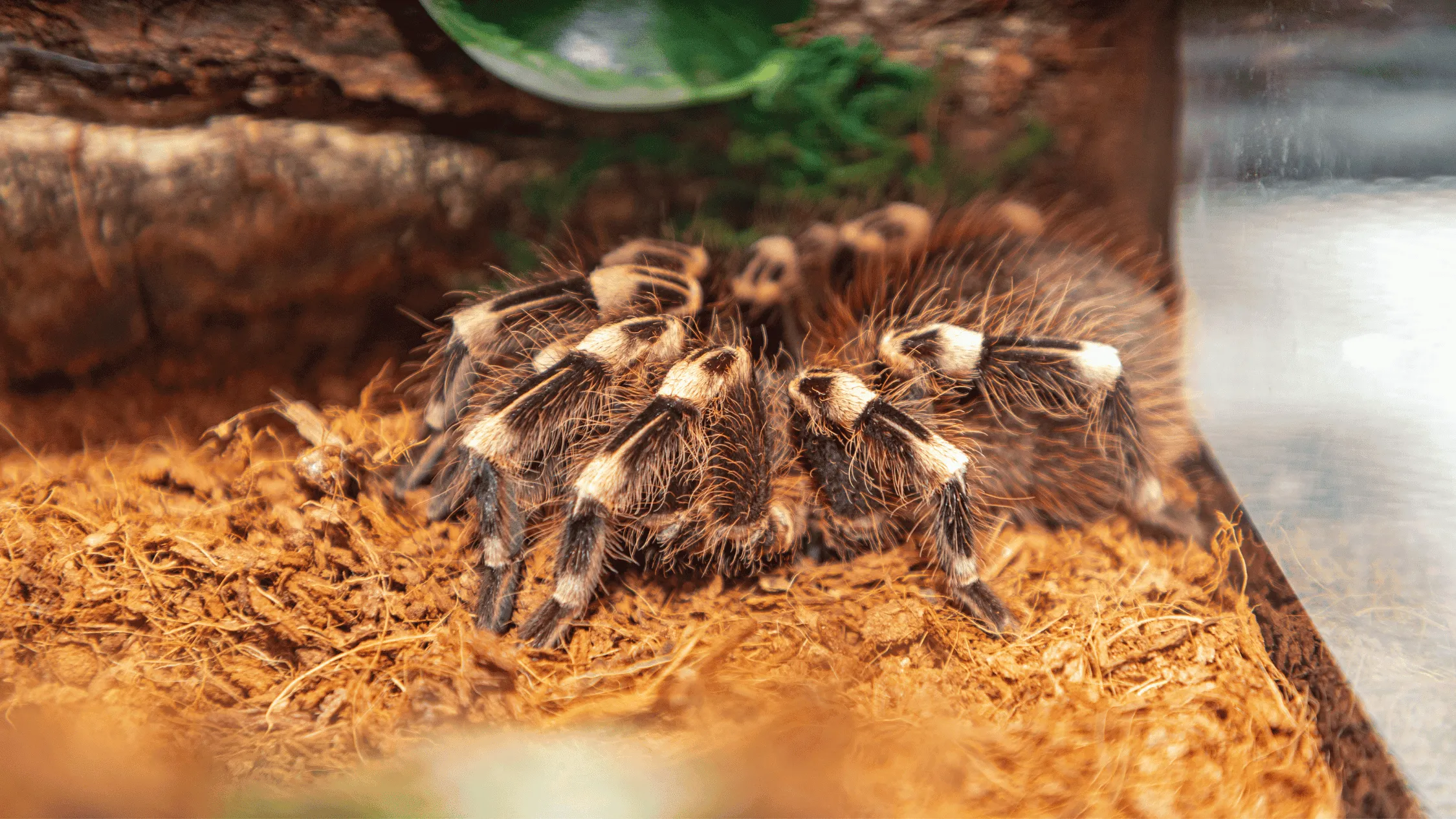
There are several disadvantages to consider before getting a tarantula as a pet for your child. Tarantulas are not cuddly pets, and handling should be limited to prevent stress. Their bites, though not usually dangerous, can be painful. They are also not social animals and do not provide the same level of companionship as mammals or birds. Potential allergic reactions and the risk of escape are also concerns. Tarantulas can be sensitive to changes in their environment, and improper care can lead to health problems. They have specific dietary needs and require a controlled environment to thrive. Parents must consider these disadvantages and decide if they align with their family’s lifestyle and their child’s ability to provide the necessary care.
Responsibility and Commitment
Owning a tarantula requires a significant commitment from both the child and the parent. Parents must be prepared to provide supervision and ensure the tarantula receives proper care, even if the child loses interest. Responsibility involves daily, weekly, and monthly tasks, such as feeding, cleaning the enclosure, and monitoring the environment. The child must understand that the tarantula’s well-being is dependent on their actions. Regular and consistent care is essential for a tarantula’s health and longevity. It’s important to develop a care schedule and consistently follow it. This should be established as a family responsibility, to demonstrate commitment, reinforce responsibility, and ensure that the tarantula always receives the necessary care. If the child struggles with responsibility, this may not be the pet for them.
Alternative Pet Options for Children
If a tarantula is not the right fit for your child, several other pet options may be more suitable. Consider pets that are easier to handle, such as hamsters, guinea pigs, or fish. These pets can provide companionship and are generally less demanding than tarantulas. Small reptiles, such as geckos or small snakes, can also be an option. Another option is to start with a low-maintenance pet like a fish tank or a hermit crab. The choice of pet should depend on the child’s age, maturity, and interest. It’s always advisable to research various pet options and discuss them with your child. Carefully consider the level of care each pet requires and choose a pet that aligns with your family’s lifestyle and capabilities. This ensures a positive experience for both the child and the pet.
Final Thoughts

Deciding whether a tarantula is a good pet for a child requires careful consideration of the child’s maturity, the family’s lifestyle, and the commitment required. While tarantulas can be fascinating and offer educational opportunities, they also come with certain risks and responsibilities. It is essential to weigh the pros and cons, considering the child’s interest, the parents’ ability to supervise and assist, and the potential health and safety concerns. If you decide a tarantula is the right fit, thoroughly research the specific species, provide proper care, and teach your child about responsible pet ownership. If you’re uncertain, it may be best to consider alternative pet options that are better suited to a child’s age and abilities. The most important thing is the well-being of the child and the tarantula, and that both have a positive and safe experience.
